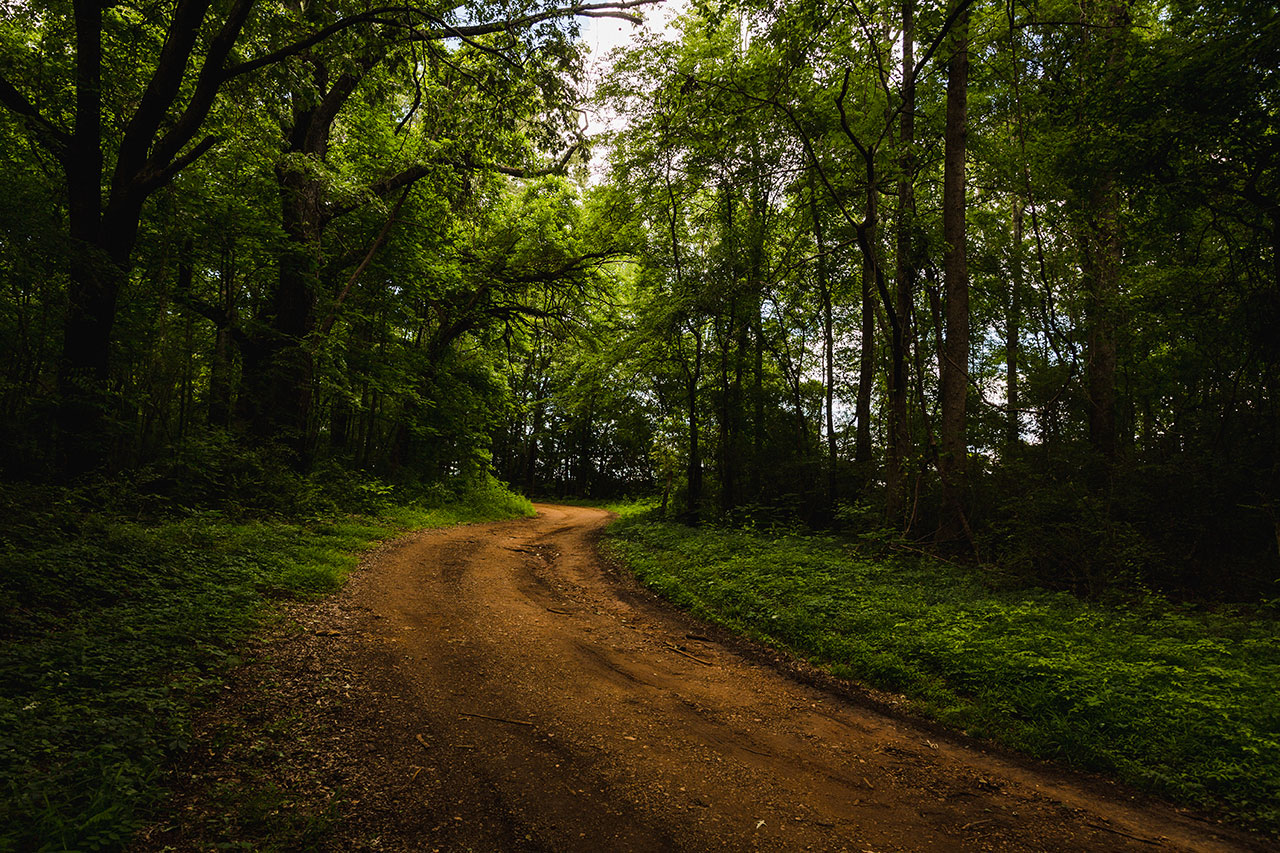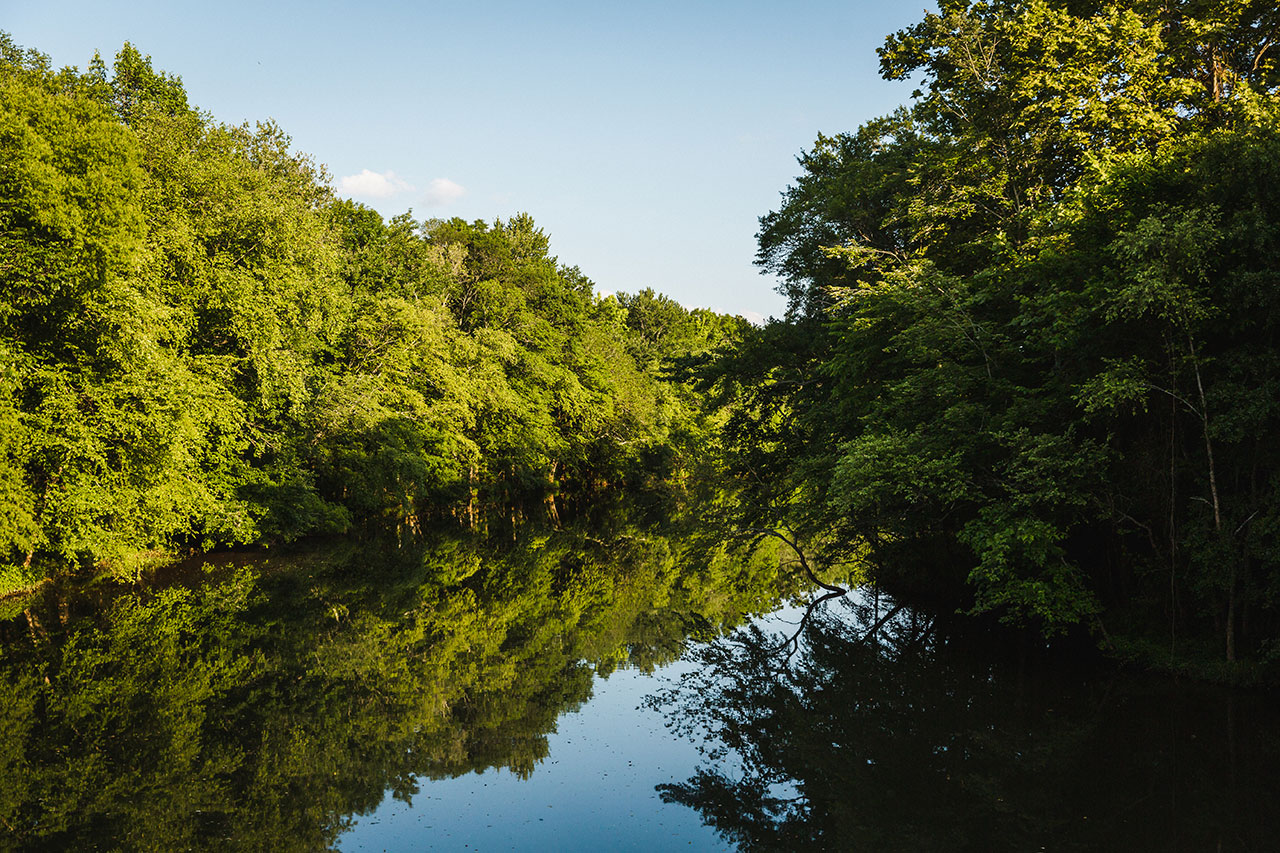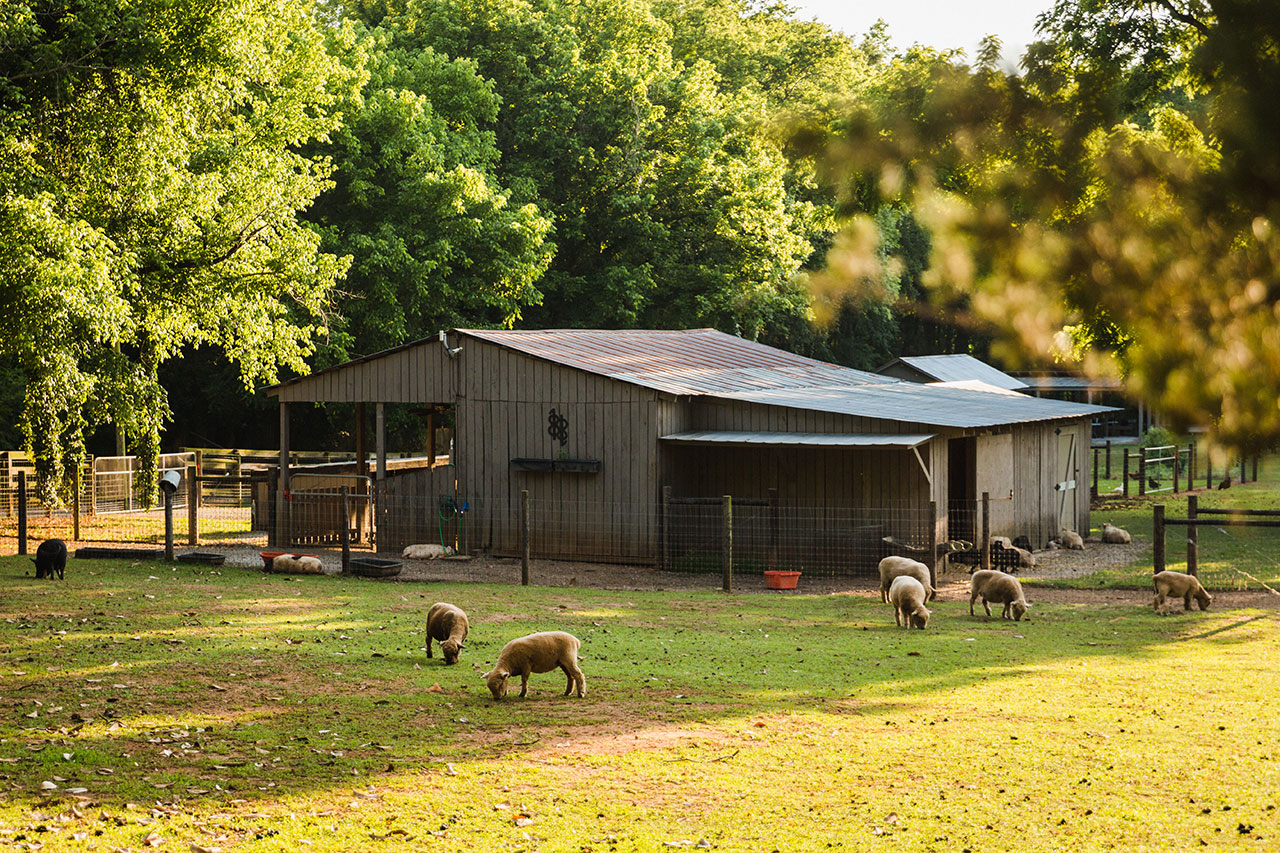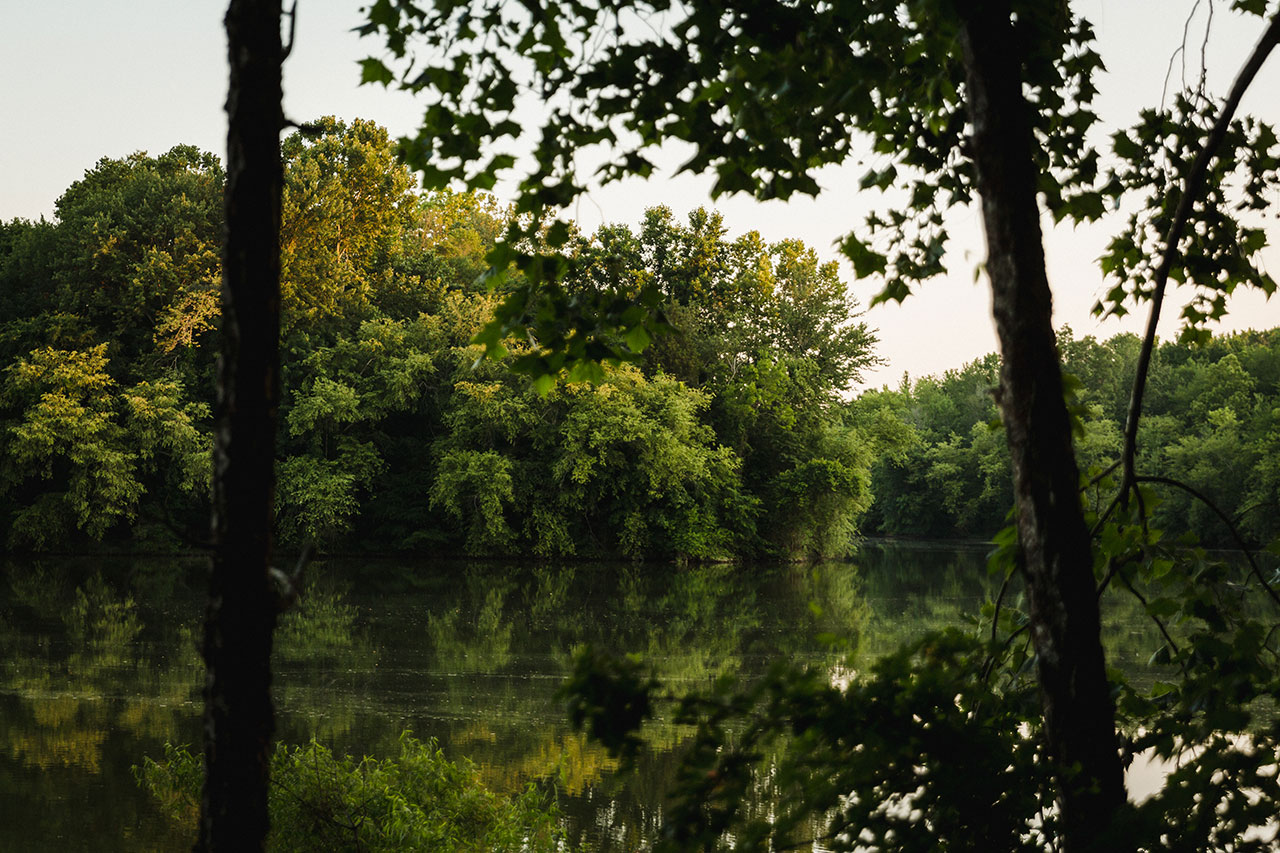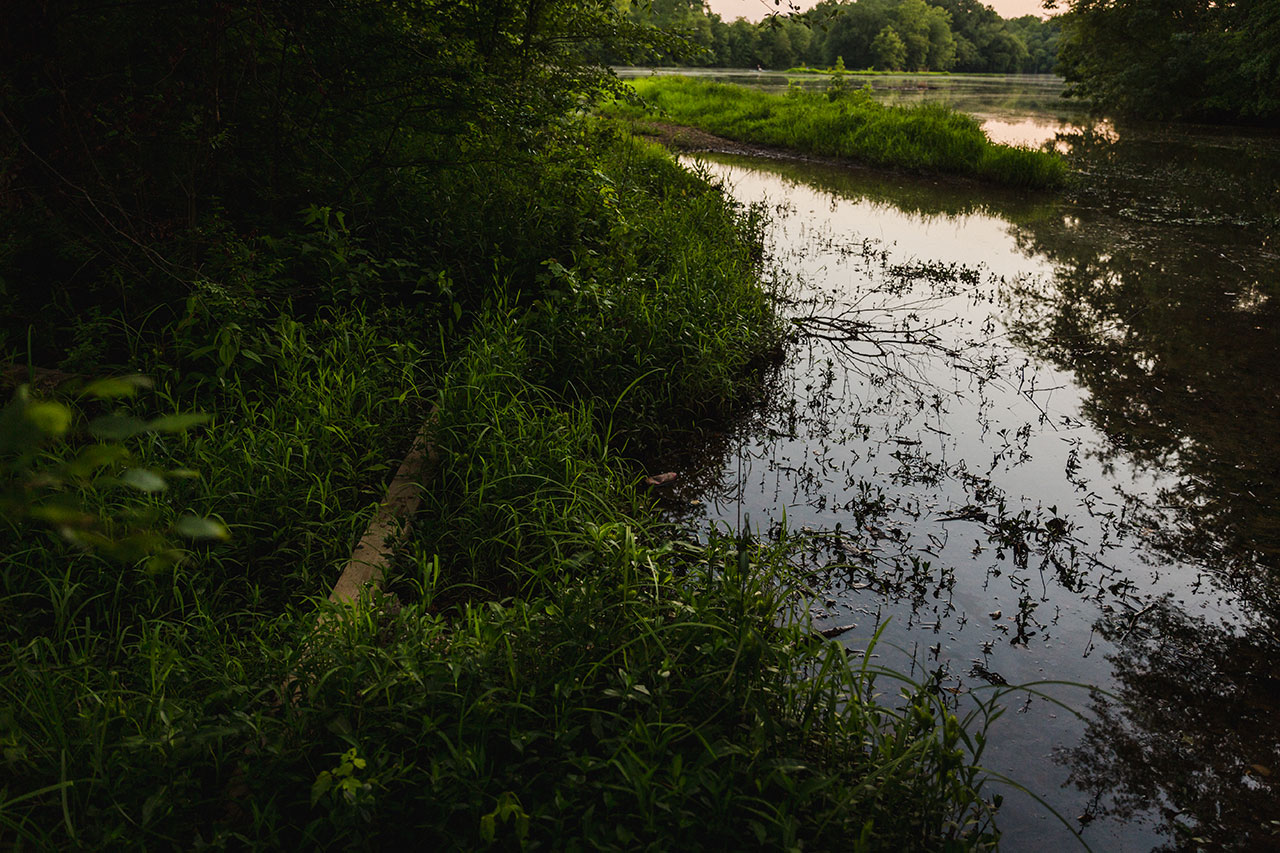Mooresville
On November 16, 1818, Mooresville became the earliest incorporated town in Alabama. With its citizens firmly tied to “King Cotton”, Mooresville was devastated by the decline in cotton prices of the late 1800’s and early 1900’s. The “boom and bust” story of Mooresville is literally as old as Alabama, but few of the state’s current inhabitants know that the land on which Alabama’s oldest town sits has a much deeper history. This land fell within the line of the Chickasaw claim under the Treaty of Hopewell (January 10, 1786). The treaty, one of the three signed by various native groups with the United States Government at the Hopewell Plantation in Georgia, upheld the Chickasaw nation a claim on much of northwest Alabama. As in many areas across the south, white squatters, eager to open the Alabama Territory for further development, routinely violated and ignored this accord, taking the land for their own use.
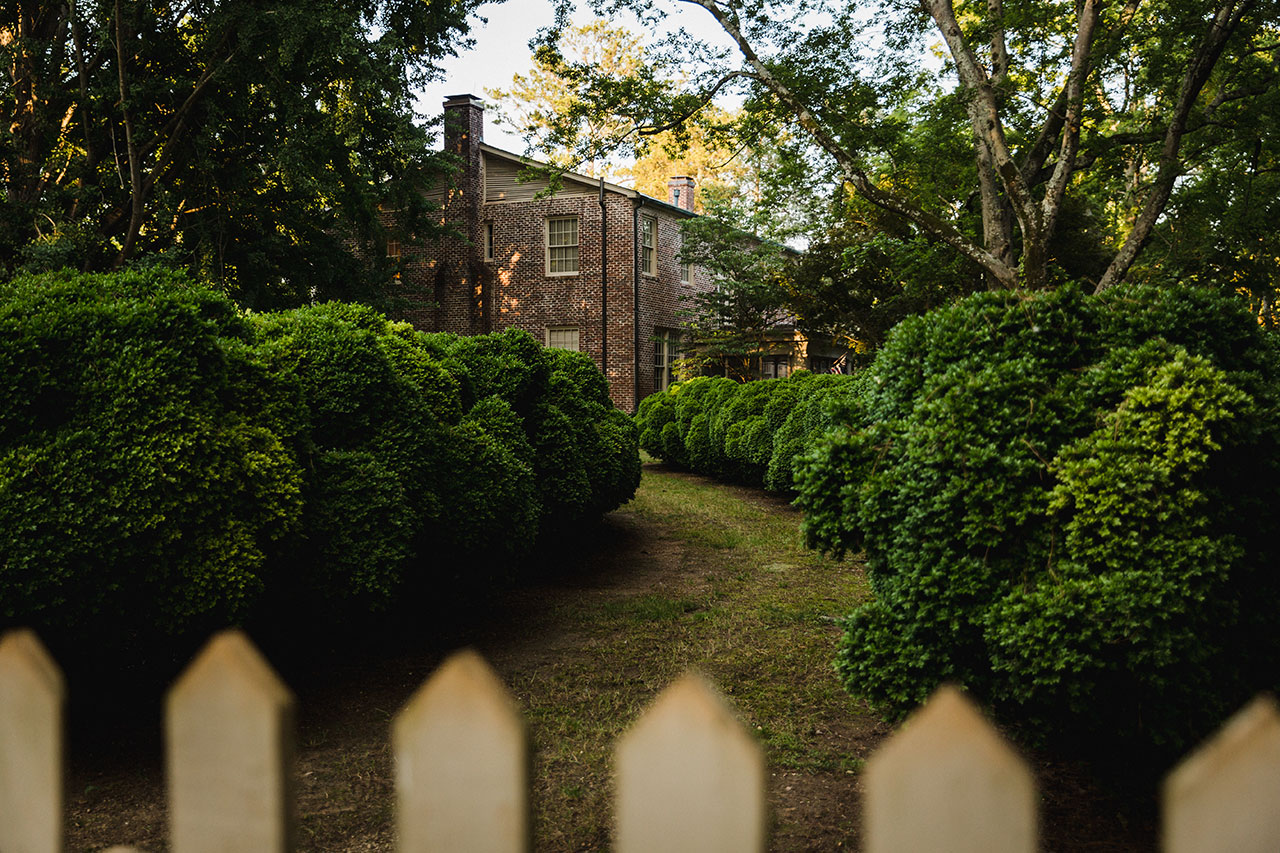
Mooresville and other towns would soon dominate the landscape once inhabited by the Chickasaw and other nations. The Chickasaw Nation’s legal expulsion from the region came with the Treaty of Pontotoc on October 20, 1832. With this agreement the Chickasaw ceded all their lands, including a part of what is now northwest Alabama and northeast Mississippi, to the federal government in exchange for land in present-day Oklahoma. While Indian Removal is thought of as an immediate action, Chickasaw removal took years due to the Federal Government’s failure to secure suitable land in the West. Most Chickasaws did not arrive in Oklahoma until 1838, after the Choctaw Nation agreed to sell the western part of their new land to the Chickasaws; all the while “the boom and bust” towns of Alabama grew and overran the land that had once home to many native communities.
Mooresville’s core grid pattern, with well-maintained nineteenth century homes, a central church, and post office, implies order and Euro-American notions of civilization. If you step outside of the community and wander down the dirt roads that surround town, you get a different view of Mooresville. Right on the outskirts of town, obscured from the casual visitor’s view, the backwater of the Tennessee stretches close. This landscape of swamps, open water, and fields still farmed today is a reminder of a longer and more complicated story; one of transition, one of takeover, one of gain, and one of loss.
